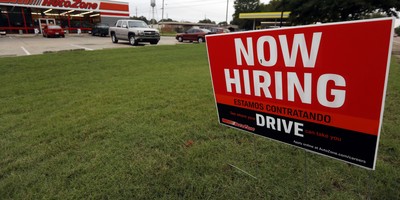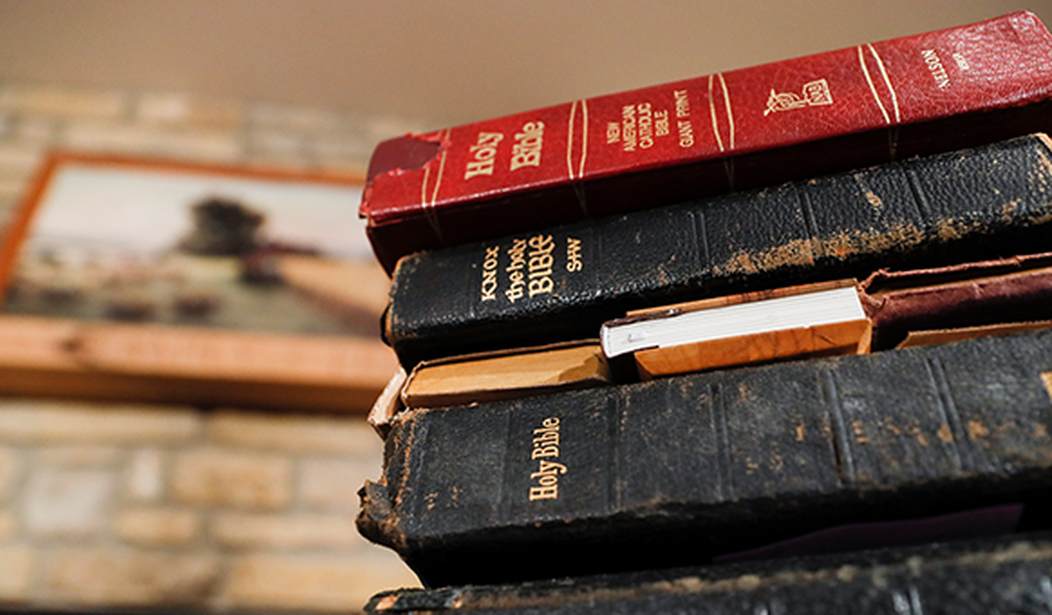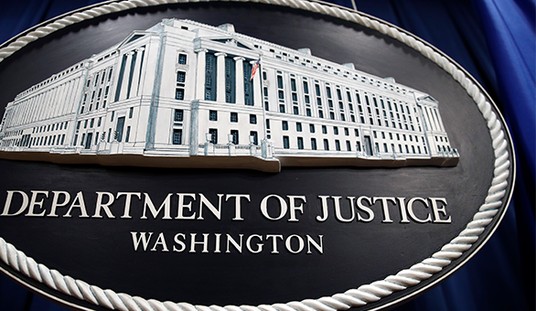Author's Note: All previous volumes of this series are here. The first 56 volumes are compiled into the book "Bible Study For Those Who Don't Read The Bible." "Part Two," featuring volumes 57-113, was published in December 2022.
News Flash: $1 Million Challenge to Replicate the Shroud of Turin – Contest Details.
Thanks for joining us today. It is Passover week, so there is much to study and too little space. We begin with a confession of ignorance: It was not until my late 20s that I knew the Last Supper was a Passover Seder. That fact is never revealed nor discussed among my Jewish people except for Messianic Jews, of which I am one. Messianics celebrate Passover Seders with the Hebrew Bible and Gospel connections, pointing to and believing that Jesus is who He said He was—the Messiah.
Growing up in a Jewish nonreligious home, my parents occasionally celebrated their heritage. In Vol. 107, I chronicled my childhood Passover Seder memories, and again today, so new readers can better understand my Passover perspective.
My mother’s brother-in-law, Uncle Sam — the most devout at our table — always read from the Haggadah. That is the Passover narration of the Exodus Bible story, which guides and explains the symbolism of the Seder meal. Like clockwork, after about 15 minutes my father would interrupt Sam’s Haggadah reading to say, “Enough already, let’s eat!”
Other memories include the tradition of Uncle Sam hiding the “matzos” — unleavened bread synonymous with Passover — and the finder winning fifty cents. After the Seder, my mother bribed me to play the piano. Then, I dreaded a week of school lunch sandwiches on matzos that my mother called “muttzy bread,” and I called “cardboard.”
Recommended
My Passover knowledge was minimal since I was a Hebrew School dropout. Nonetheless, I knew about the Ten Plagues and how the Jews escaped slavery in Egypt because Moses performed a miracle to part the Red Sea. Our Seder ended when everyone toasted “next year in Jerusalem”—with Passover wine so horrid tasting, that explained why my parents didn’t drink. (Although my Dad enjoyed an occasional beer.)
Years later, when the scales fell from my eyes, I was angry that half the Passover story had been “hidden,” but perhaps the Lord was saving my parents from humiliation. Indeed, as a rebellious teenager, if I had known the Last Supper was a Seder, and Jesus was to be the sacrificed Passover “Lamb of God who takes away the sins of the world” – I would have blurted it out at the table. The Bible told the story, but there was neither an Old nor New Testament in our home.
So now, let's review some Passover-related passages that I missed growing up.
God describes the Passover lamb: "'Your lamb shall be without blemish, a male of the first year. You may take it from the sheep or from the goats'" (Exodus 12:5). Then, consider Jesus was “without blemish” (sin).
Next, God’s instructions were precise about the placement of the lamb’s blood on the top and doorframe sides over which the angel of death would pass and save the Israelites' firstborn sons. Could those three triangle points of blood symbolize the head and outstretched arms of Jesus on the cross? Believers know the blood that Jesus shed on the cross saves us from death and grants us eternal life. The passage reads:
"'When the Lord goes through the land to strike down the Egyptians, he will see the blood on the top and sides of the doorframe and will pass over that doorway, and he will not permit the destroyer to enter your houses and strike you down'" (Exodus 12:23).
Turning to the New Testament, the first time John the Baptist saw Jesus, he proclaimed, “‘Behold! The Lamb of God who takes away the sin of the world!’”(John:1:29). That was a profound proclamation since a lamb was slaughtered to celebrate Passover as God commanded to commemorate the miraculous Exodus events. Additionally, a lamb was slain as part of Yom Kippur — the Day of Atonement for the forgiveness of sins.
However, one goat, the “scapegoat,” took on the people's sins and was allowed to escape into the wilderness. Christians identify Jesus as the “scapegoat” — dying on the cross, taking upon Himself our sins and the sins of the world. See Vol. 28.
Regarding the Last Supper/Passover Seder, note that it was recorded in all four Gospels. In preparation, Passover lambs would have been sacrificed throughout Israel while unleavened bread was baking. During the Seder:
“While they were eating, Jesus took bread, and when he had given thanks, he broke it and gave it to his disciples, saying, ‘Take it; this is my body ’” (Mark 14:22). Luke’s Gospel extended Jesus’s prayer:
“And he took bread, gave thanks and broke it, and gave it to them, saying, ‘This is my body given for you; do this in remembrance of me’” (Luke 22:19).
During the Seder, at different times, Jesus “takes the cup.” By tradition, drinking wine from four cups reflects a passage from Exodus when God instructed Moses:
“Therefore, say to the Israelites: ‘I am the Lord, and I will bring you out from under the yoke of the Egyptians. I will free you from being slaves to them, and I will redeem you with an outstretched arm and with mighty acts of judgment. I will take you as my own people, and I will be your God. Then you will know that I am the Lord your God, who brought you out from under the yoke of the Egyptians’” (Exodus 6:6-7).
The four cups represent: “I will free you..,” "I will save you..," "I will redeem you..," and "I will take you as a nation." (The link is from Chabad – a Jewish Hasidic movement.)
Luke mentions Jesus taking two cups. The first is before Jesus told the disciples he must suffer: “‘I will not drink again from the fruit of the vine until the kingdom of God comes’” (Luke 22:14-17). The “kingdom of God” is a complicated phrase with numerous interpretations. In part, Christianity.com says it is “The rule of Jesus Christ on earth and in heaven.” Here is a Catholic explanation.
Then, the most famous cup: “.. after the supper he took the cup, saying, ‘This cup is the new covenant in my blood, which is poured out for you’” (Luke 22:20-24).
During the Passover Seder, Jesus offers Himself as the sacrifice for the sins of Man, reflecting what we read earlier — John the Baptist’s initial sighting of Jesus before John baptized Him:
'Behold! The Lamb of God who takes away the sin of the world!’
If you plan on attending a Seder but only know half the story, educate yourself: “Then you will know the truth, and the truth will set you free!” – a loving message from the “Passover Lamb.” After all, Jesus is the G.O.A.T – the greatest of all time! Amen!
Myra Kahn Adams is a conservative political and religious writer with numerous national credits. She is also the Executive Director of SignFromGod.org and the National Shroud of Turin Exhibit. Both are educational donor-supported ministries dedicated to building a permanent Shroud of Turin exhibit in Washington, D.C., and promoting the $1 Million Challenge to replicate the Shroud. Contact: <MyraAdams01@gmail.com>

























Join the conversation as a VIP Member